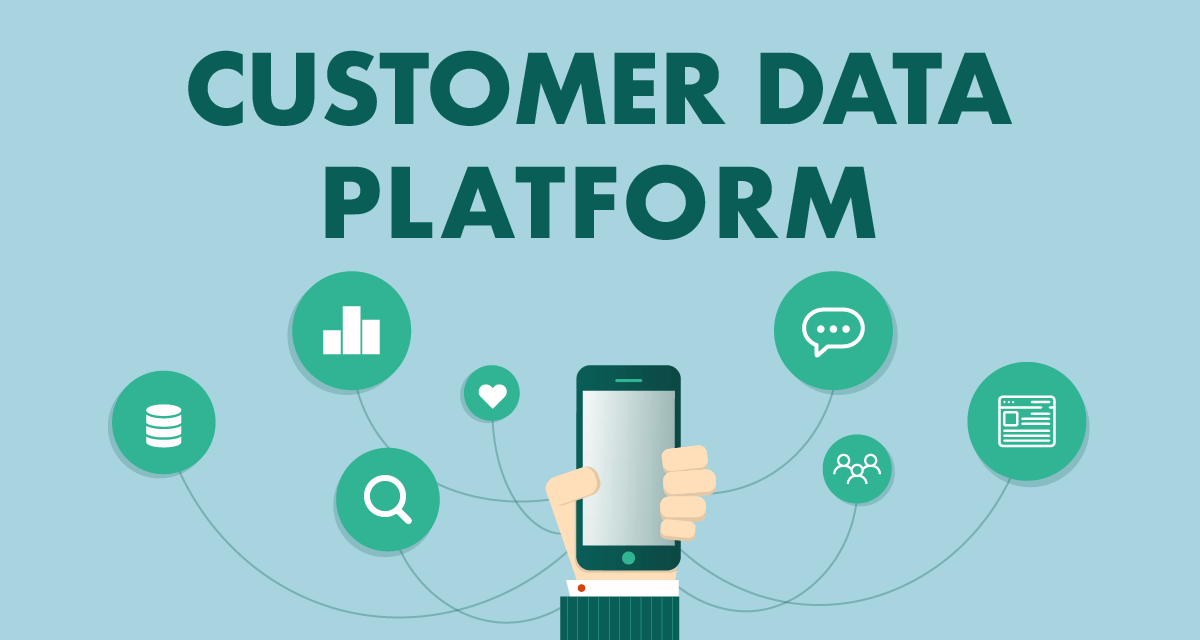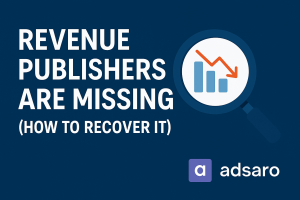In today’s digital-first world, advertising success depends on data—specifically, how well it’s collected, organized, and used. With rising privacy concerns and the decline of third-party cookies, advertisers are increasingly turning to smarter tools that offer both precision and compliance. That’s where Customer Data Platform in advertising come into play.
Customer Data Platforms (CDPs) have emerged as essential infrastructure for modern digital marketing. They unify fragmented customer data across devices and channels, making it accessible, actionable, and privacy-friendly. As a result, brands can deliver relevant, personalized, and timely ads that resonate—and convert.
This blog dives deep into the role of CDPs in advertising, their benefits, how they work, and why they are becoming the backbone of future-ready ad strategies.
What is a Customer Data Platform (CDP)?
A Customer Data Platform (CDP) is a software system that collects and integrates customer data from multiple online and offline sources—including websites, mobile apps, CRMs, POS systems, and social platforms—into a single, unified customer profile.
Unlike Customer Relationship Management (CRM) tools or Data Management Platforms (DMPs), CDPs handle first-party data and make it available in real time for marketing and advertising purposes. This empowers marketers to:
- Understand customer behavior deeply
- Create granular audience segments
- Execute hyper-personalized campaigns
- Comply with data privacy regulations
When it comes to advertising, this means smarter targeting, improved relevance, and higher returns.
How CDPs Enhance Advertising
1. Unified Customer Profiles for Smarter Targeting
One of the core advantages of Customer Data Platforms in advertising is their ability to build detailed, real-time customer profiles. By consolidating behaviors, preferences, and demographic information, advertisers can move beyond generic messaging and connect with users on a personal level.
Instead of relying on assumptions or outdated segments, CDPs allow for data-driven targeting that is highly accurate and timely.
2. Real-Time Audience Segmentation
With a CDP, marketers can define and update audience segments in real time based on live customer behavior. This ensures that ads are only served to users who meet specific criteria at any given moment—maximizing efficiency and relevance.
For example, if a user adds a product to their cart but doesn’t complete the purchase, a CDP can trigger a retargeting campaign instantly—without delay or manual intervention.
3. Ad Personalization at Scale
Personalization has become an expectation, not a luxury. CDPs for ad personalization allow advertisers to tailor ad creatives, offers, and messaging based on user preferences and actions.
Whether it’s displaying product recommendations or adapting language based on a user’s previous interaction, CDPs enable personalization across channels—email, social, web, or mobile—at scale.
Customer Data Platform and Privacy-First Advertising
As the industry pivots toward stricter privacy regulations (like GDPR and CCPA) and a cookieless future, CDPs offer a sustainable solution for privacy-compliant advertising.
By leveraging first-party data in advertising, CDPs reduce reliance on third-party cookies and anonymized trackers. This helps brands maintain user trust while still executing personalized campaigns.
Additionally, CDPs provide robust consent management and data governance tools to help marketers stay on the right side of regulation.
Customer Data Platform Improve Ad Performance and ROI
Performance measurement is critical in advertising. CDPs enable advertisers to connect customer data with campaign performance, giving a full view of how ads are influencing user actions.
From ad impression to conversion, every touchpoint can be tracked and analyzed. This leads to:
- Better attribution models
- Smarter budget allocation
- Continuous campaign optimization
Using Customer Data Platforms in advertising allows for more agile decision-making and enhanced return on ad spend (ROAS).
CDPs in Programmatic and Omnichannel Advertising
In programmatic advertising, where speed and data accuracy matter, CDPs integrate seamlessly with DSPs (Demand-Side Platforms), SSPs (Supply-Side Platforms), and other martech tools.
This synergy enables:
- Consistent messaging across devices and channels
- Automated audience targeting
- Real-time bidding based on high-value user segments
CDPs also unify offline and online behavior, making omnichannel advertising truly connected. Whether a user visits a store or clicks an email, every action feeds back into the system—creating a virtuous cycle of learning and improvement.
Use Cases of CDPs in Advertising
Here are some real-world examples of how Customer Data Platforms in advertising are used:
- Lookalike Audiences: CDPs identify common traits in top-performing customers to create similar audiences for prospecting.
- Ad Suppression: Avoid wasting ad spend by excluding customers who have already made a purchase or taken a desired action.
- Abandoned Cart Campaigns: Trigger personalized ads or emails the moment someone leaves without buying.
- Re-engagement Campaigns: Target lapsed customers with special offers to win them back.
Conclusion
In an era defined by personalization, data privacy, and omnichannel experiences, Customer Data Platforms in advertising are not just useful—they’re vital. They empower advertisers to unify data, personalize campaigns, and reach the right audiences at the right time, all while staying privacy-compliant.
As we move away from third-party cookies and face increasing pressure to deliver ROI, CDPs offer a future-proof foundation for smarter, more effective digital advertising. Whether you’re a publisher, advertiser, or marketer, embracing a CDP-driven strategy could be the key to your long-term success.








Leave a Reply